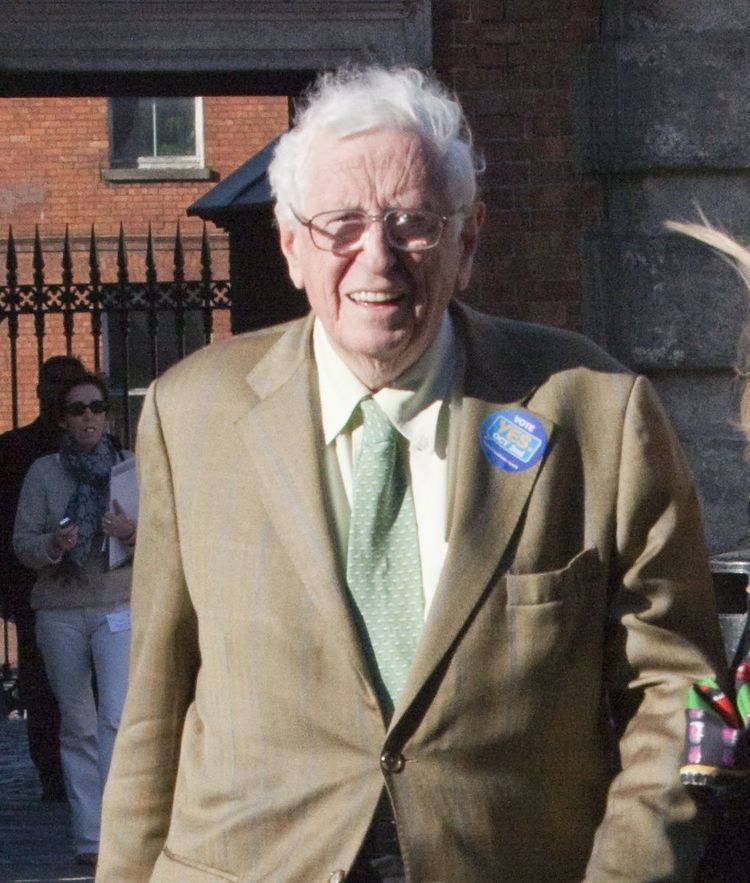18 February 1982 Nov 1982 → 78 seats, 45.3% 65 seats, 36.5% 4 2 | Turnout 73.8% 81 63 786,851 621,088 | |
 | ||
The Irish general election of February 1982 was held on 18 February 1982, three weeks after the dissolution of the Dáil on 27 January. The newly elected 166 members of the 23rd Dáil assembled at Leinster House on 9 March when a new Taoiseach and government were appointed.
Contents
The general election took place in 41 parliamentary constituencies throughout Ireland for 166 seats in the lower house of parliament, Dáil Éireann.
Campaign
The first general election of 1982 was caused by the sudden collapse of the Fine Gael–Labour Party coalition government when the budget was defeated. The Minister for Finance John Bruton, attempted to put VAT on children shoes, a measure which was rejected by Jim Kemmy, a left-wing independent Teachta Dála and Joe Sherlock of the Workers' Party of Ireland. The Taoiseach Garret FitzGerald immediately sought a dissolution of the Dáil. However, while he was with President Patrick Hillery at Áras an Uachtaráin, a number of Fianna Fáil members attempted to ring the President, urging him not to grant a dissolution. If the President refused a dissolution, FitzGerald would have to resign and Fianna Fáil would be invited to form a government. The attempt to contact the President was highly unconstitutional, as the President can only take advice from the Taoiseach. In the event, a dissolution was granted and the general election campaign began in earnest.
The campaign was largely fought on economic issues. Spending cuts were a reality for whatever party won, but the scale of the cuts were played down by all parties. Fine Gael proposed to continue the policies that it had been implementing while in office. The Fianna Fáil leader Charles Haughey dismissed the need for budget cuts when the campaign first began, however, the reality soon became apparent and the party adopted similar policies that involved budget cuts.
Result
Independents include Independent Fianna Fáil (11,732 votes, 1 seat).
Fianna Fáil emerged as the largest party and looked most likely to form a government. However, internal divisions within the party threatened Charles Haughey's nomination for Taoiseach. In the end a leadership challenge did not take place and Haughey was the party's nominee for Taoiseach. Haughey gained the support of the Independent Socialist TD Tony Gregory, the Independent Fianna Fáil TD Neil Blaney and the three Sinn Féin the Workers Party deputies and was appointed Taoiseach.
Dáil membership changes
The following changes took place as a result of the election:
Where more than one change took place in a constituency the concept of successor is an approximation for presentation only.
